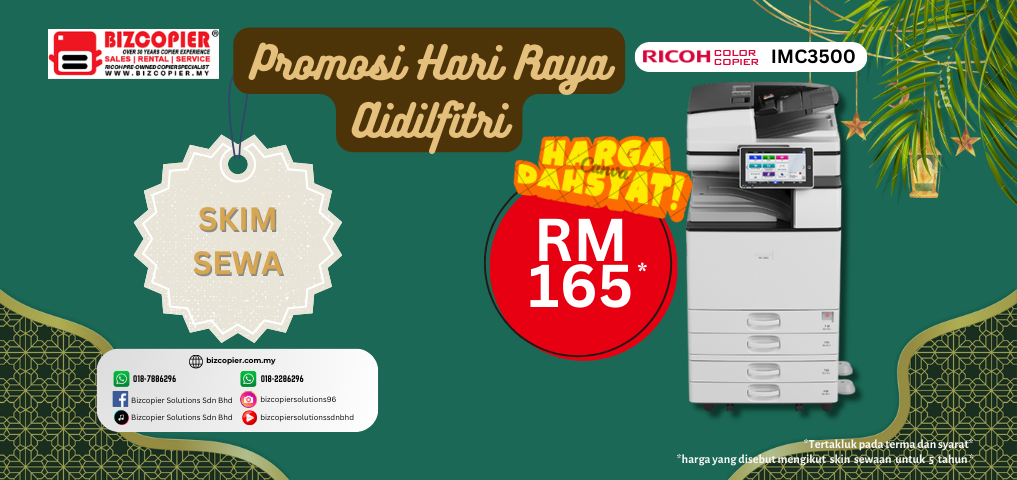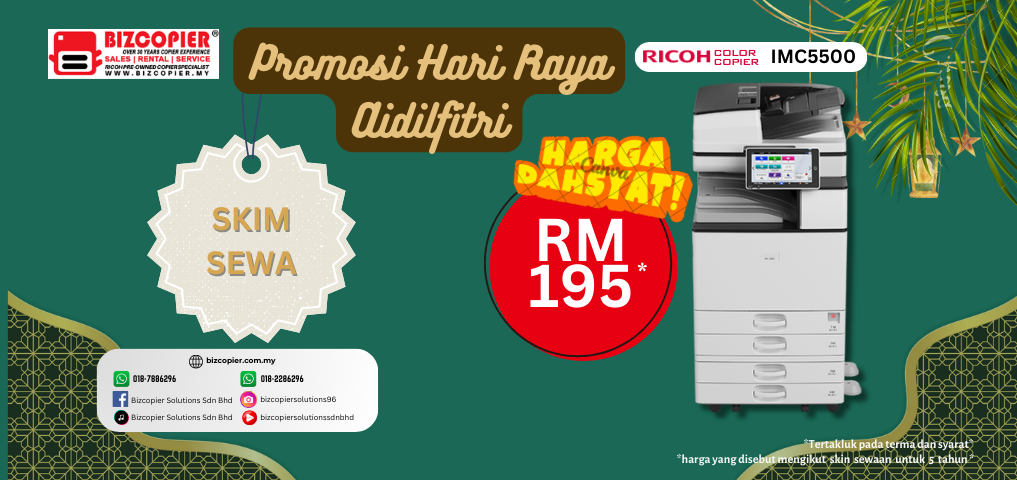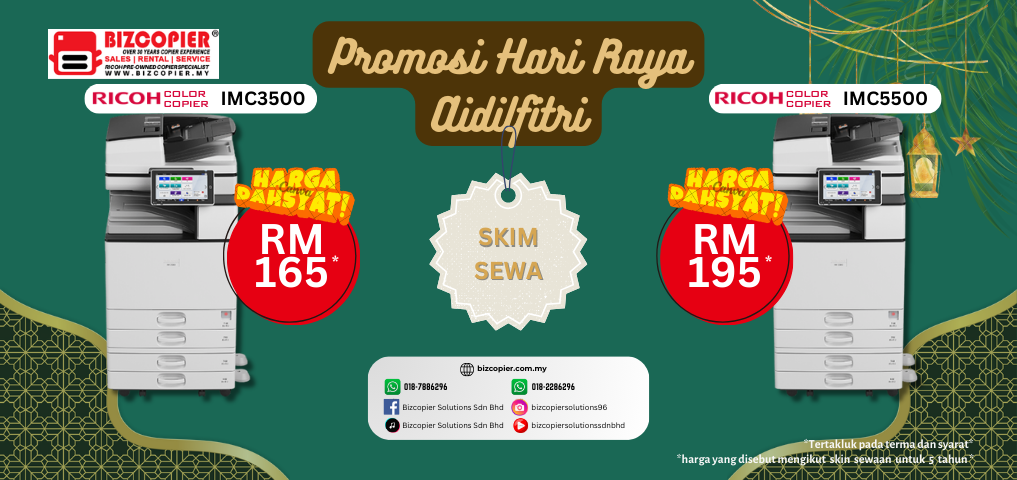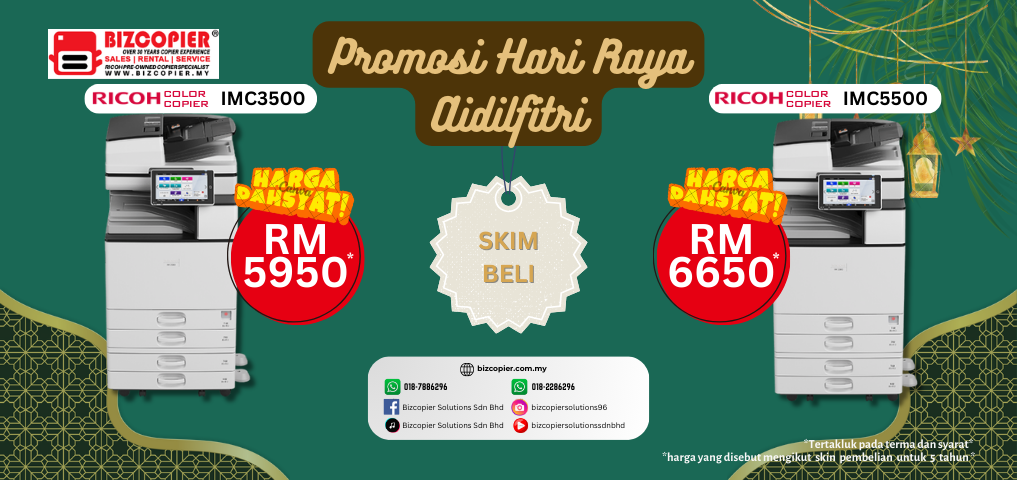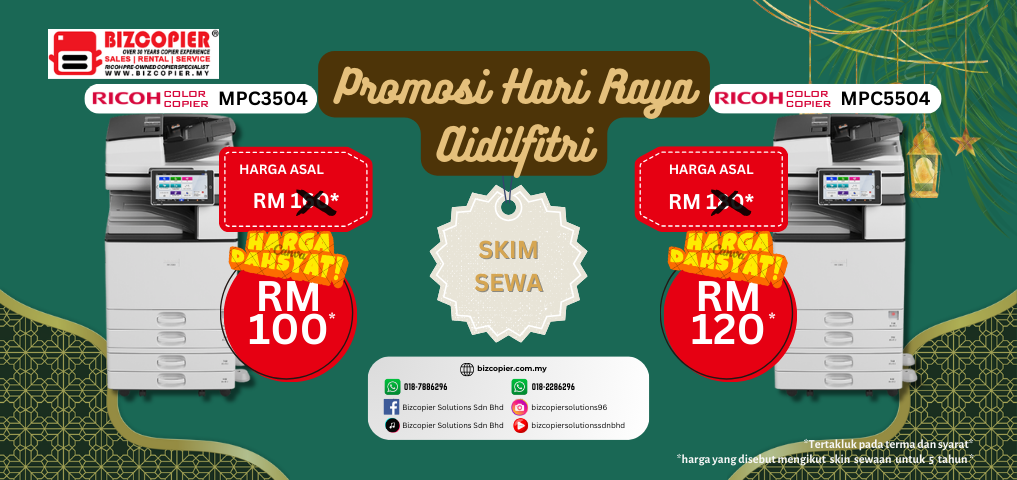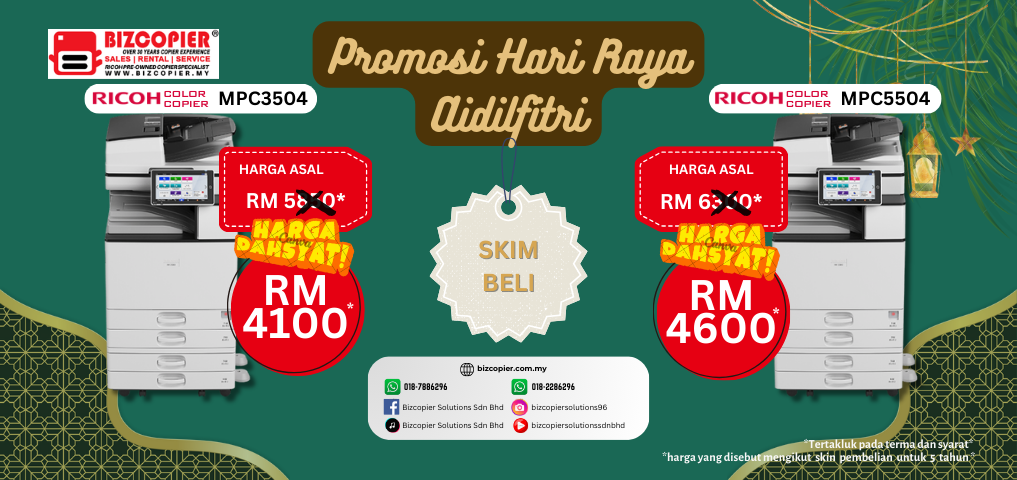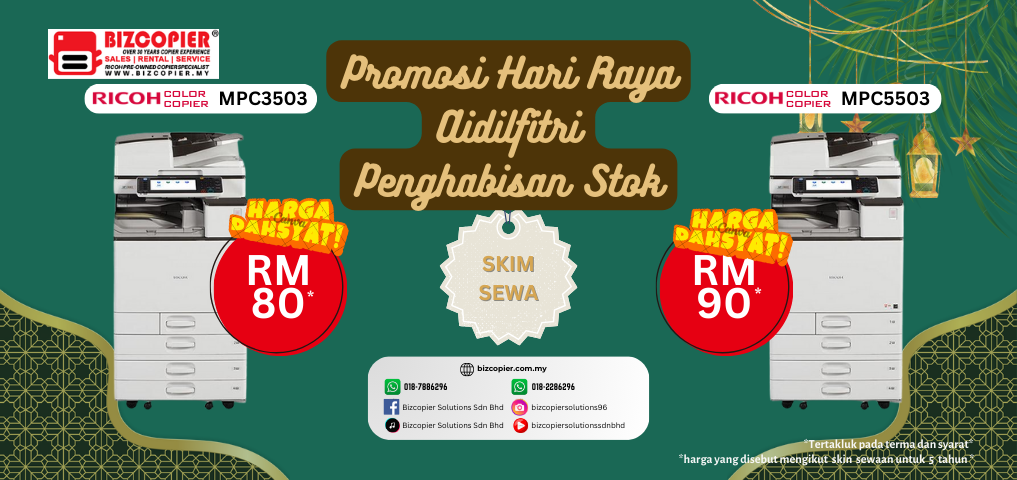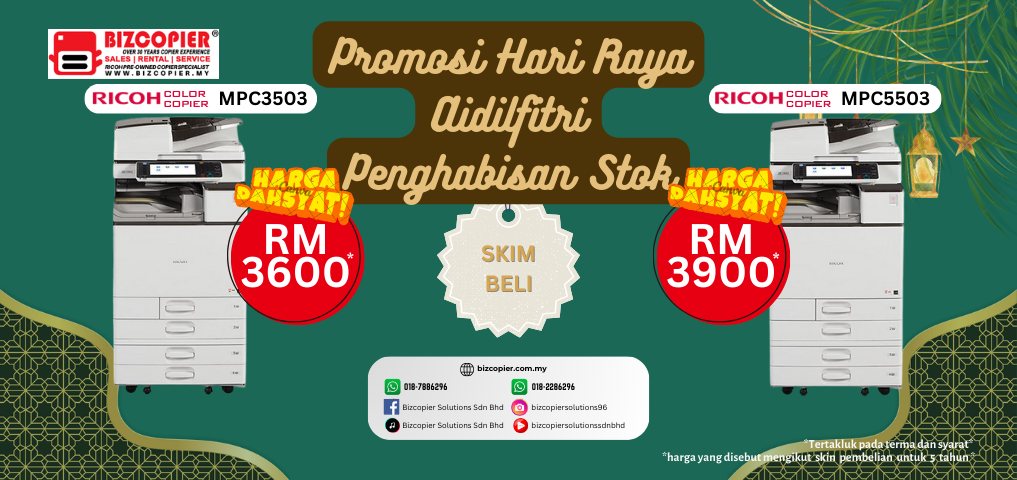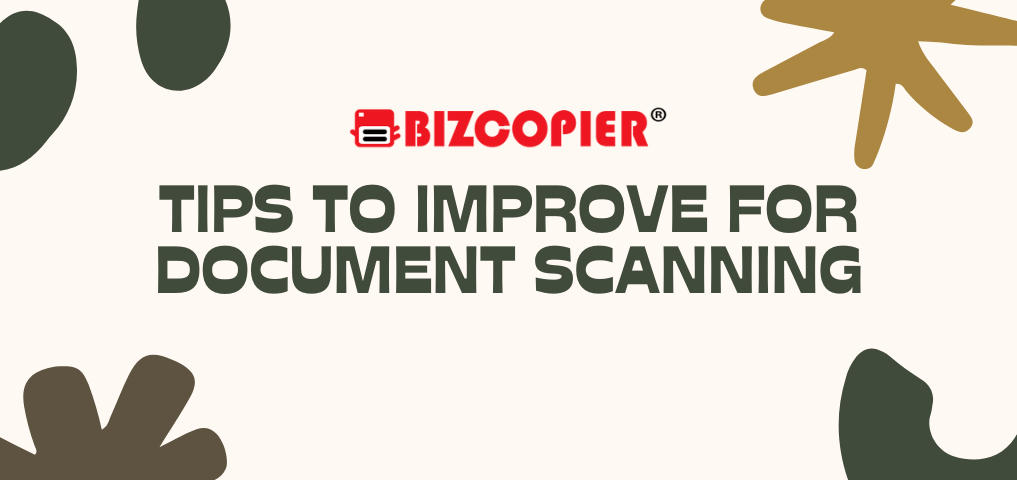
1. Right Device
Capture devices come in a variety of sizes and speeds, ranging from a tiny desktop personal scanner that can scan at 10 pages per minute to high-speed multifunctional printers that can scan at thousands of pages per hour.
You want a scanner that is fast enough to get the work done while yet having some capacity left over for peak periods. If convenience is your priority, go for an all-in-one printer.
Speed: Because scanners can be expensive, seek “fast enough” equipment that won’t take up more of your time than necessary.
Format: If you need to scan a lot of insurance cards, pictures, or legal-sized papers, be sure you have the right equipment.
2. ADF (Automatic Document Feeder)
The automatic document feeder is the tray on your device that will “feed” documents into the scanner automatically.
You need to be certain that it is working. Drop tens to hundreds of papers and press the button. You don’t want to feed papers in one at a time unless you’re scanning fragile documents or books.
3. Torn Pages
Feeding a partly ripped paper into a scanner is like hitting the brakes on a rain-slick road — it’ll jackknife.
The last thing you want is for a document to tear, necessitating the opening and extraction of the parts (if you can even reach them).
Take a few minutes to tape damaged pages together. A little bit of document preparation may go a long way.
4. Clean Up
In addition to making sure the paper is ready, make sure the scanner is as well. Clean the scanner’s glass at least once a month to eliminate smudges, grime, and any accumulated crud from paper. Clean more regularly if you scan frequently.
5. Metal Detector
Make a point of inspecting and removing any paper clips and staples. Either can ruin your scanning device and necessitate repair services. If your paper was stapled, separate the pages – if not, the pages will cling together many times.
Contact BIZCOPIER Now
Get Free Quotation & Special Discounts now!
